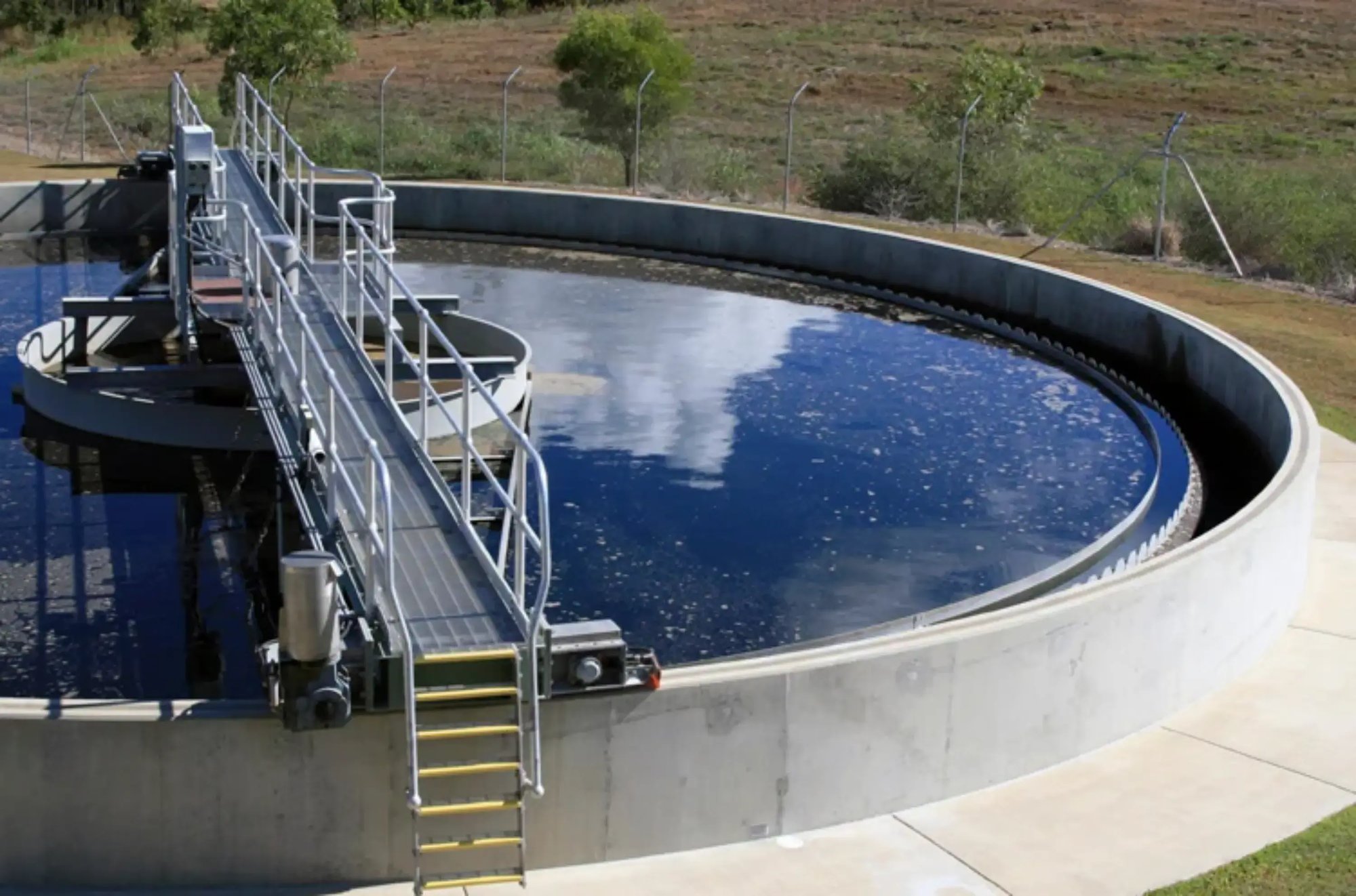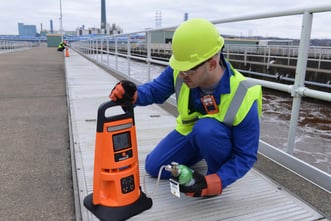Nitrogen Dioxide (NO2) Gas Detectors
Nitrogen dioxide (NO2) is an extremely toxic by-product of burning hydrocarbons. Major sources of NO2 are internal combustion engines (e.g., diesel engines) and thermal power stations. Other sources of nitrogen dioxide include petroleum and metal refineries, manufacturing industries, wastewater treatment plants, and coal-fired power stations.

Characteristics of Nitrogen Dioxide (NO2)
Nitrogen dioxide (NO2) is a yellow-brown gas with a characteristic pungent, acrid odor. Nitrogen dioxide is soluble in water, where it reacts to form nitric acid. NO2 can be found in industries where the burning of diesel fuel takes place. The most toxic component in diesel emissions is nitrogen dioxide.
Nitrogen dioxide exposure in low doses can irritate the eyes and throat or cause a headache, nausea, and gradual loss of strength. High doses of NO2 can cause pulmonary edema (water in the lungs) and death.
More about Nitrogen Dioxide


NITROGEN DIOXIDE - NO2
Effects of Various NO2 Levels
How to Detect Nitrogen Dioxide (NO2)
Regardless of industry or application, Industrial Scientific offers a wide range of nitrogen dioxide gas detectors, including the Tango® TX1 and GasBadge® Pro single-gas detectors, the Ventis® Pro5, Ventis® MX4, and MX6 iBrid® multi-gas detectors, and the Radius® BZ1 Area Monitor.
Frequently Asked Questions
What is Nitrogen dioxide (NO2)?
Nitrogen dioxide (NO2) is a reddish-brown gas with a sharp, bitter odor. It is a significant air pollutant resulting in the combustion of fossil fuels, and contributing to environmental and health issues – including smog and respiratory problems.
What are the sources of Nitrogen dioxide (NO2)?
Sources of Nitrogen dioxide (NO2) include vehicle emissions, power plants, industrial facilities, and residential heating systems. Burning fossil fuels such as coal, oil, and natural gas in these settings releases NO2 into the atmosphere, contributing to air pollution.
What are the health effects of NO2 exposure?
Exposure to nitrogen dioxide (NO2) can lead to respiratory problems, including asthma, bronchitis, and reduced lung function. Long-term exposure may increase the risk of cardiovascular diseases.
How do you detect NO2?
Nitrogen dioxide (NO2) can be detected using various methods, including industrial gas detectors and monitoring systems. Industrial Scientific offers a range of gas monitoring solutions to detect NO2 levels in multiple environments and applications.


